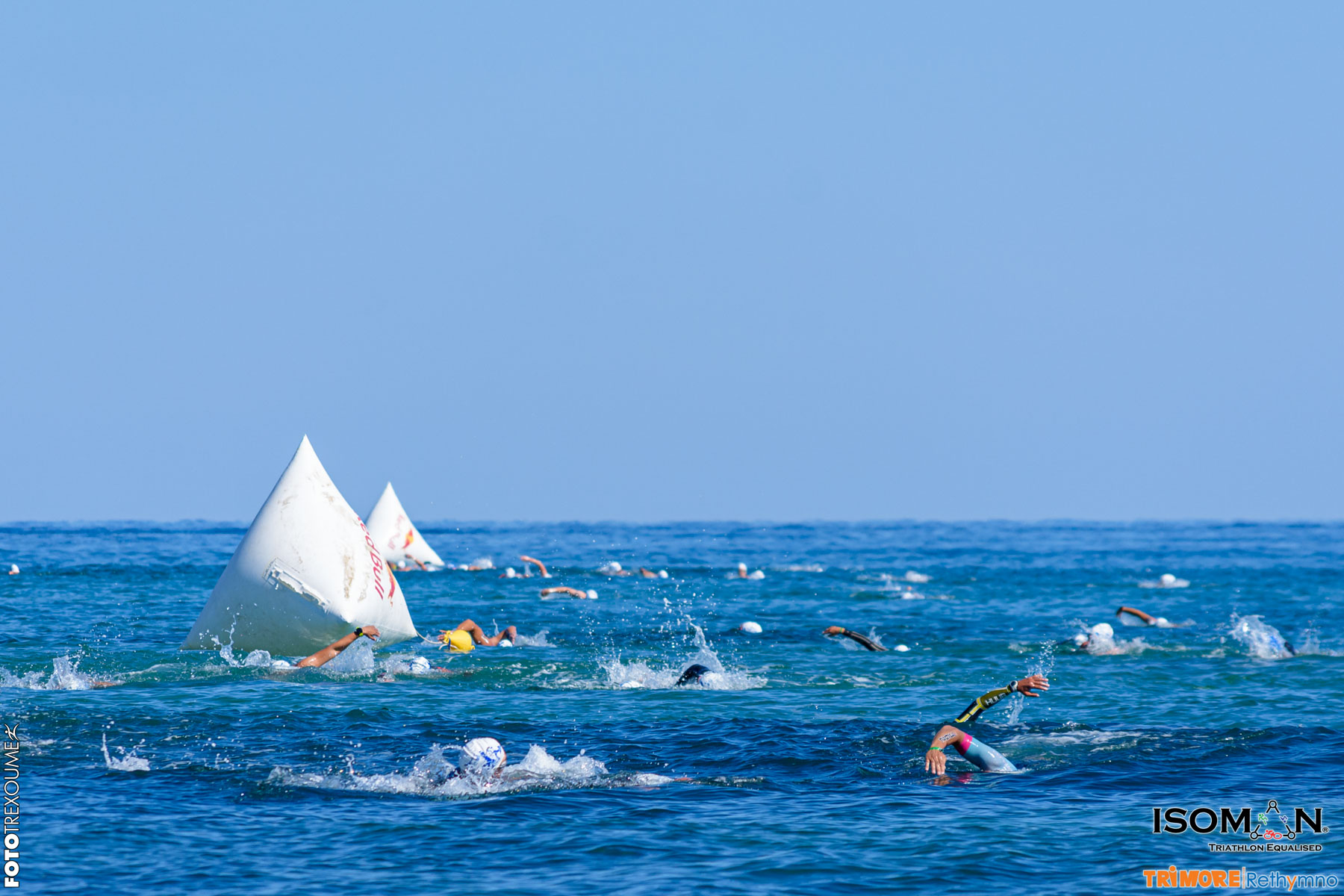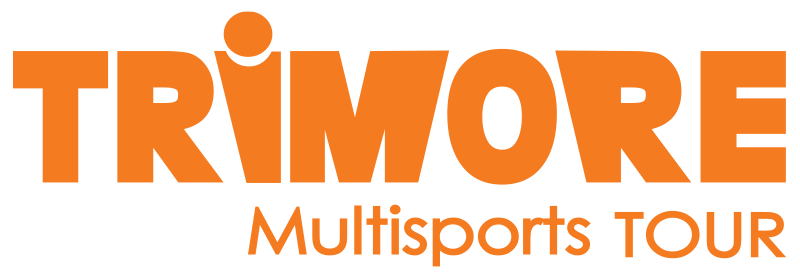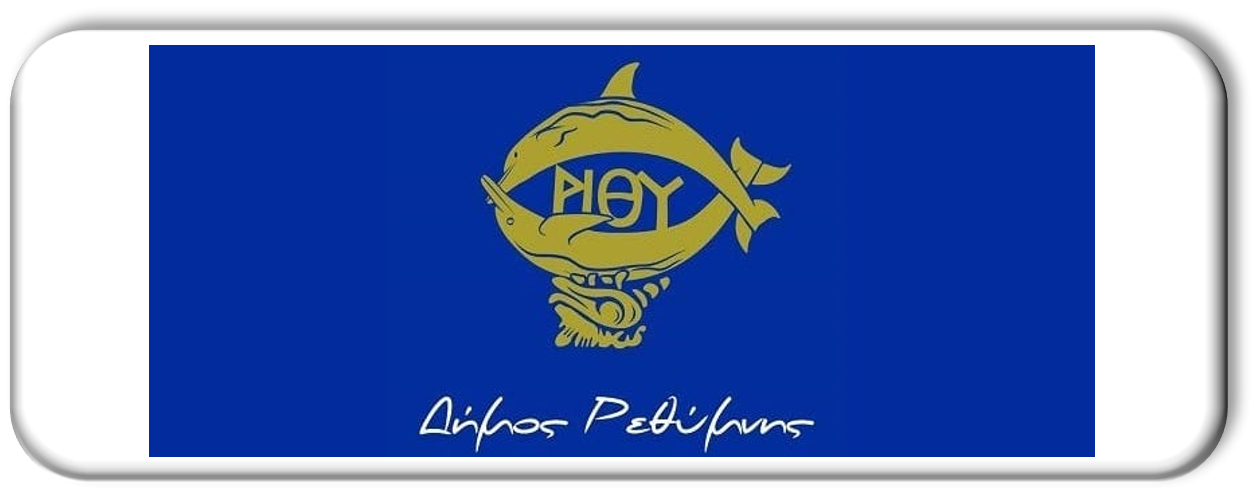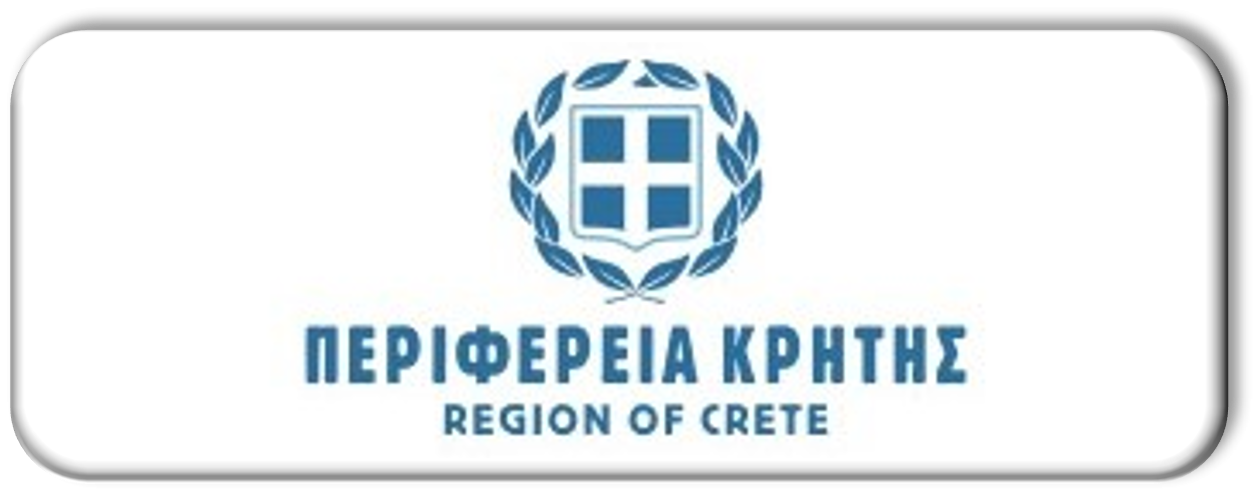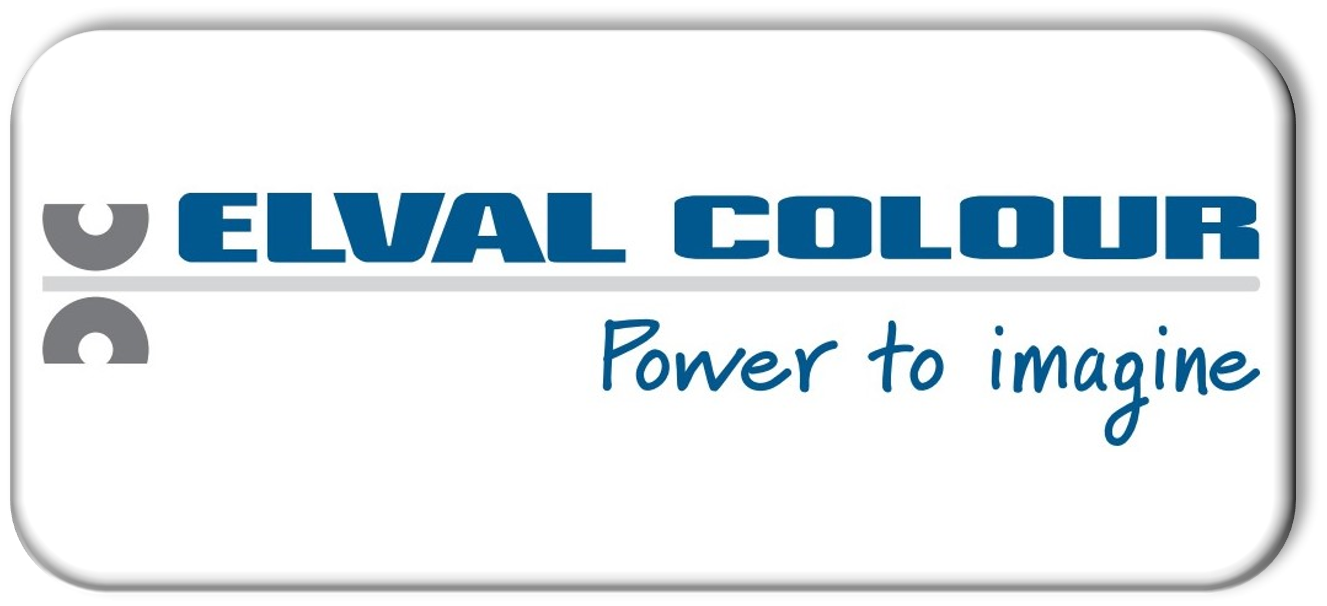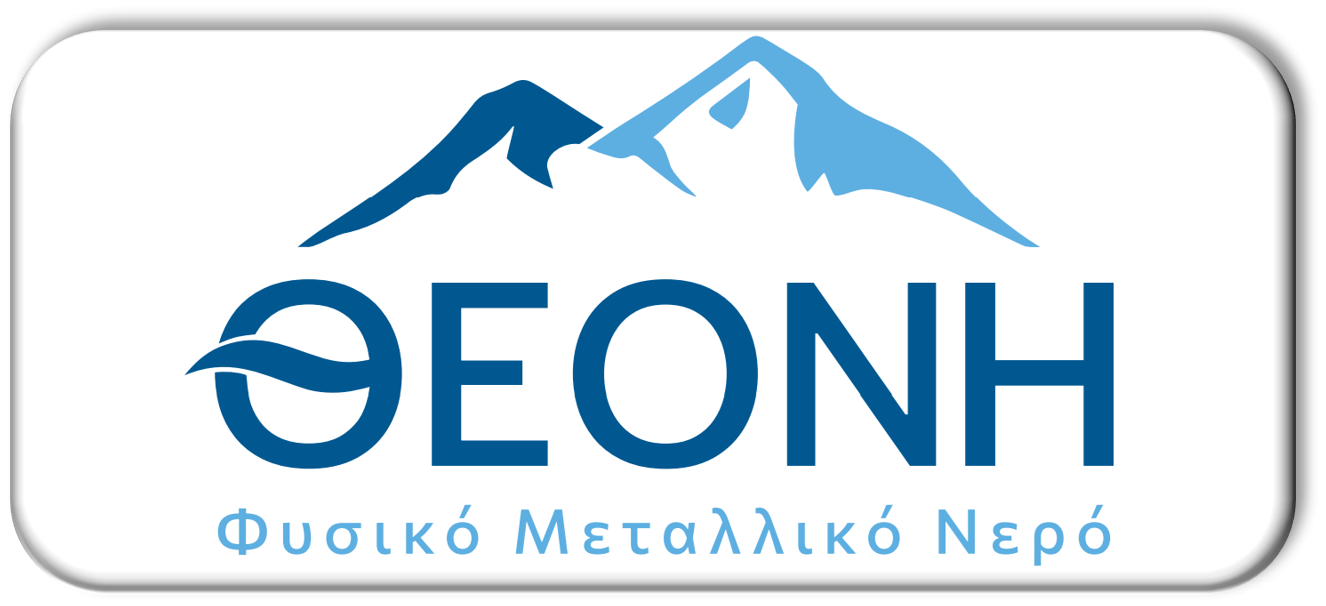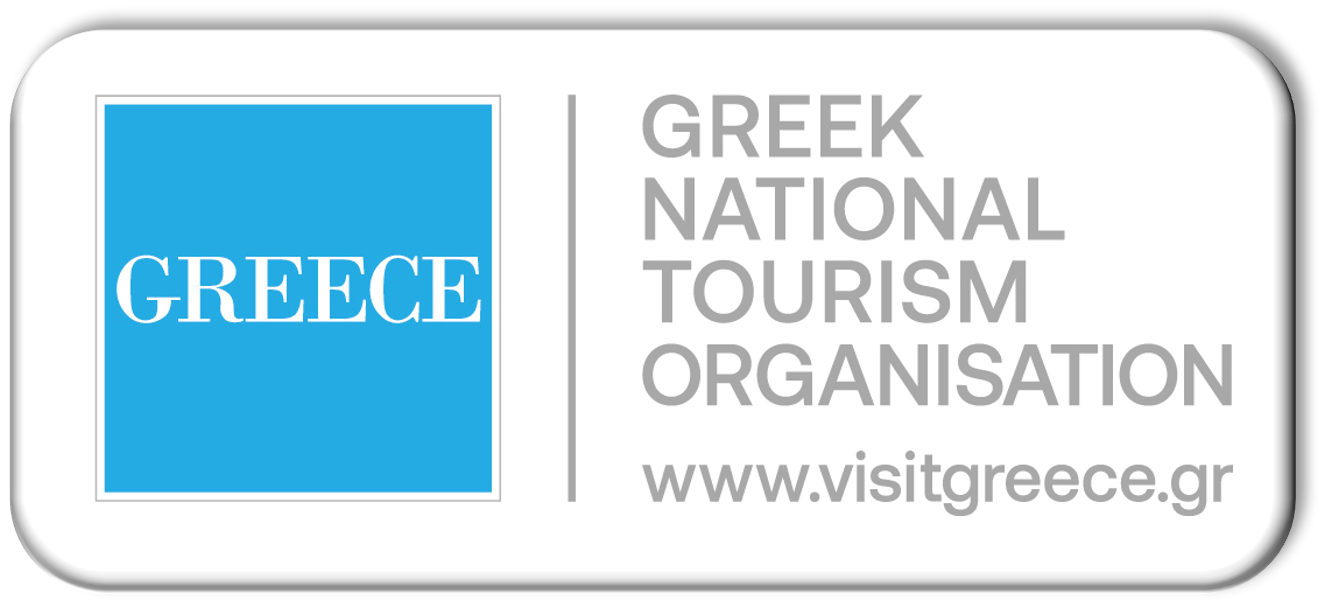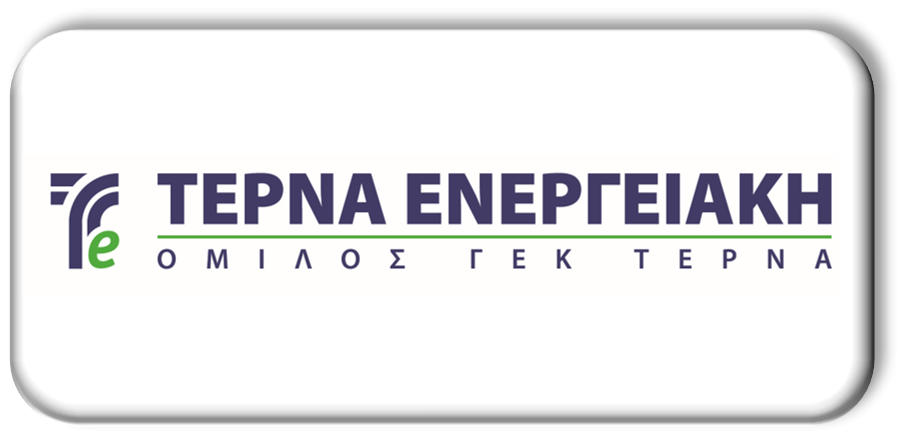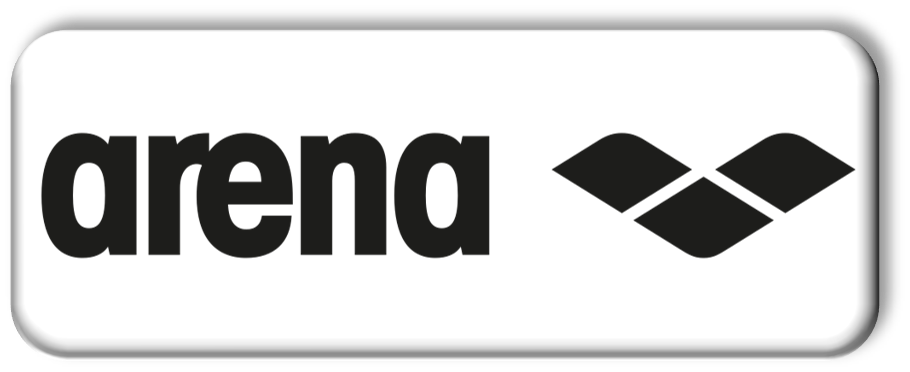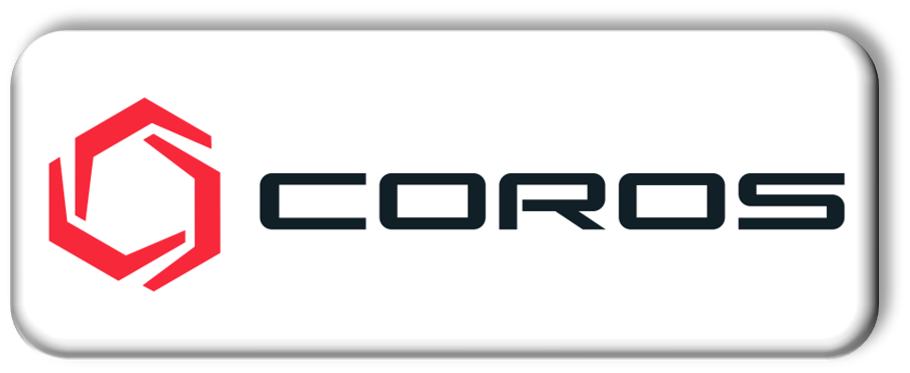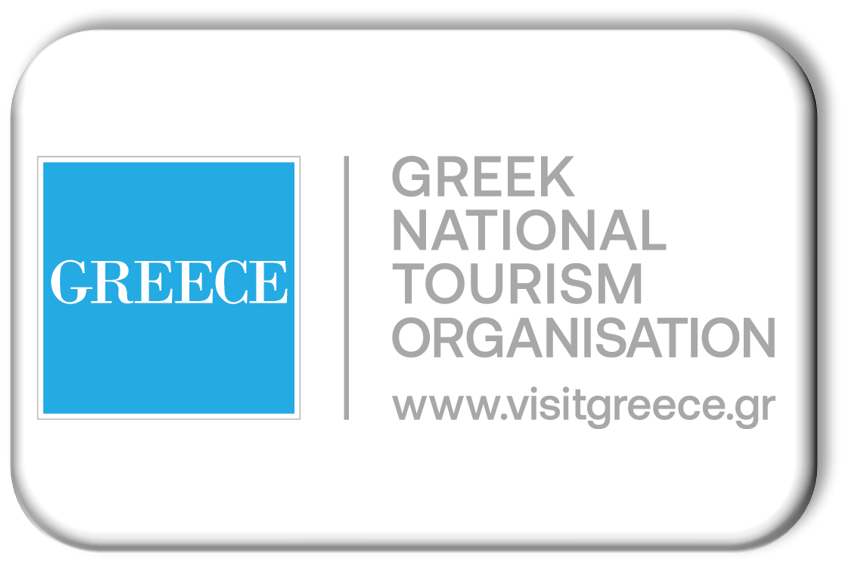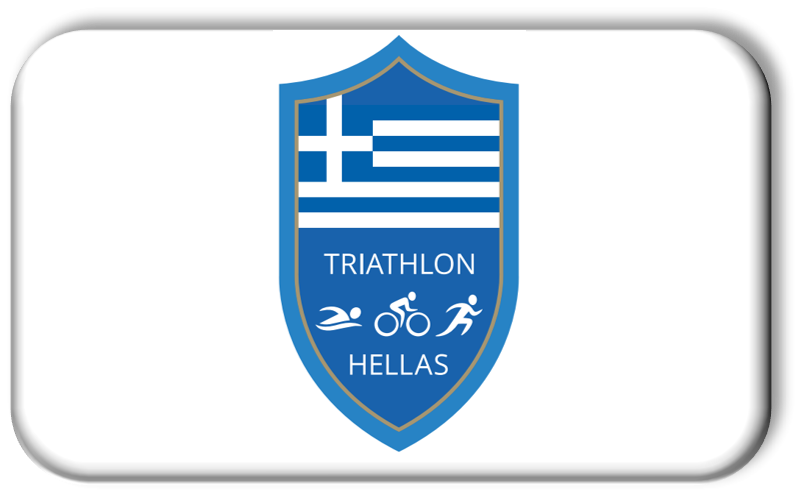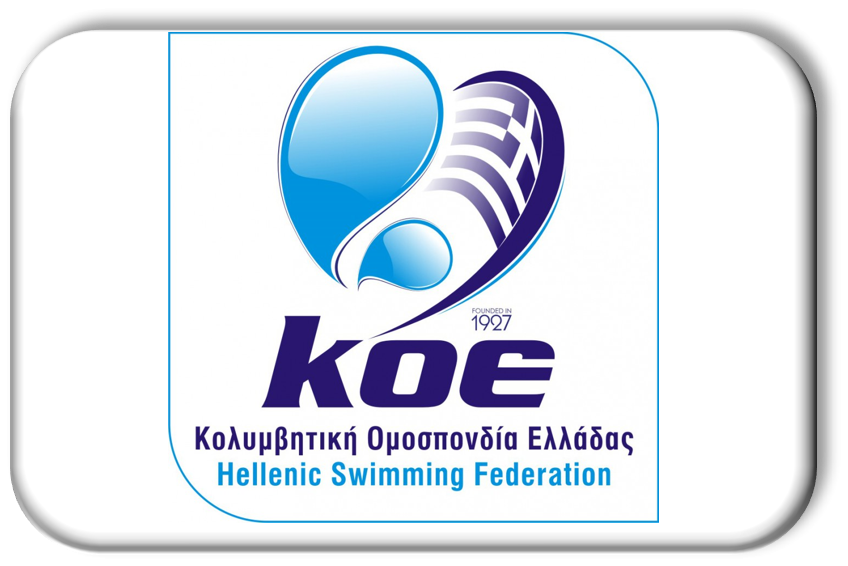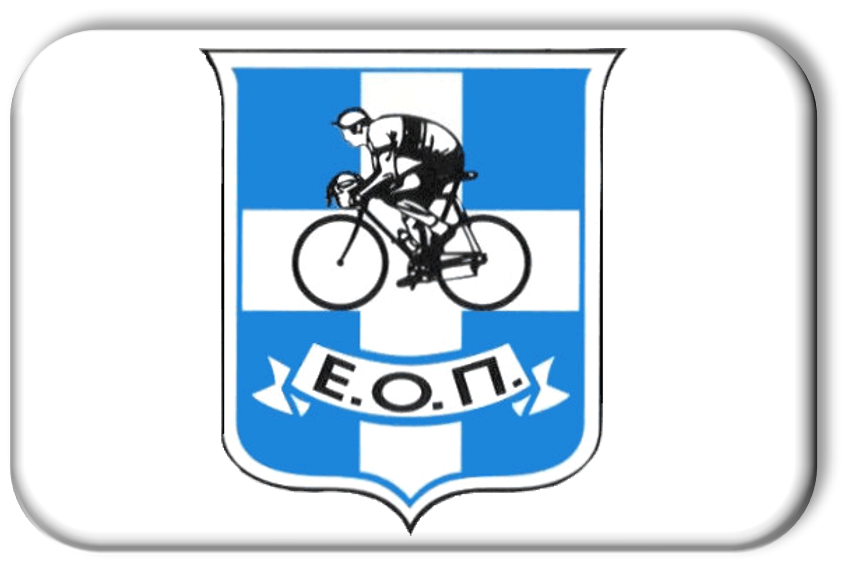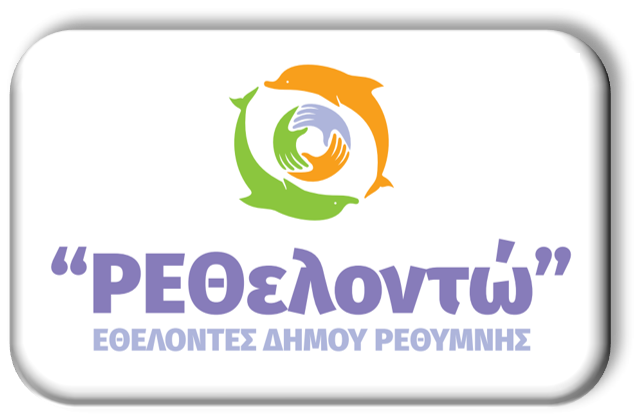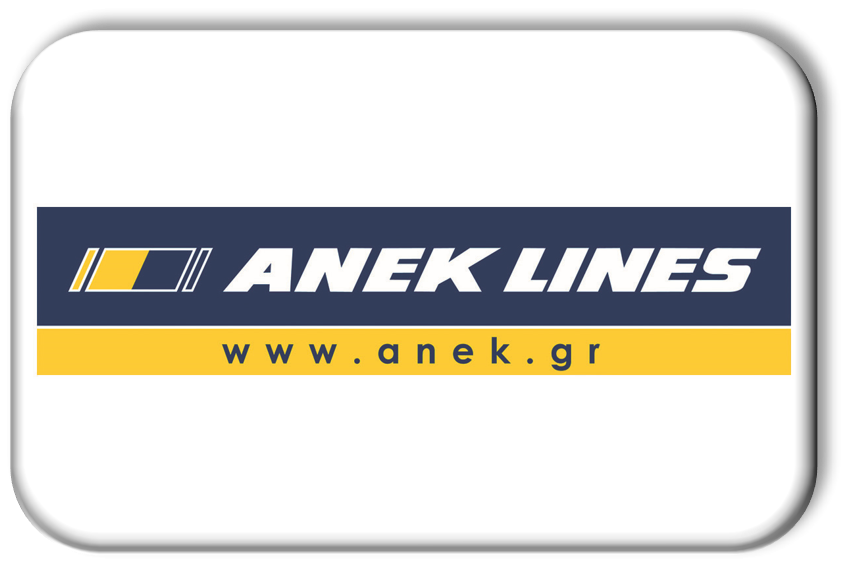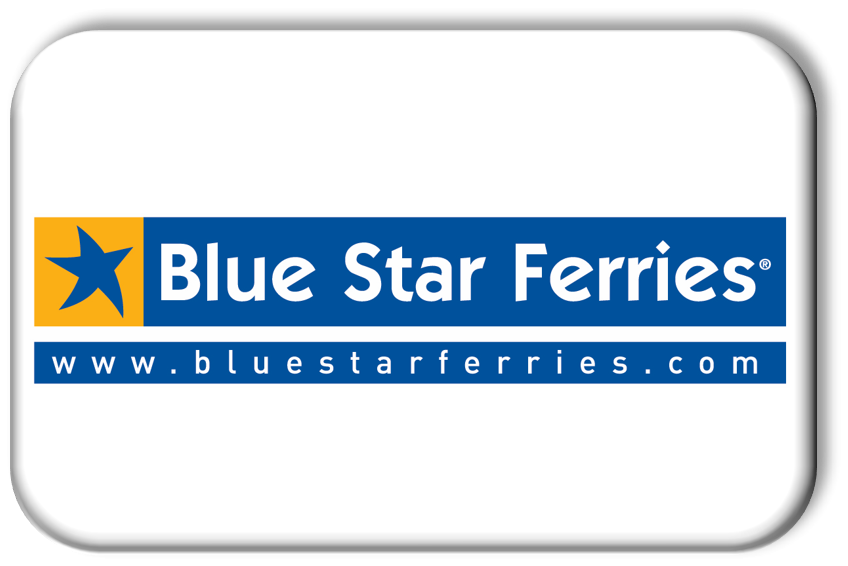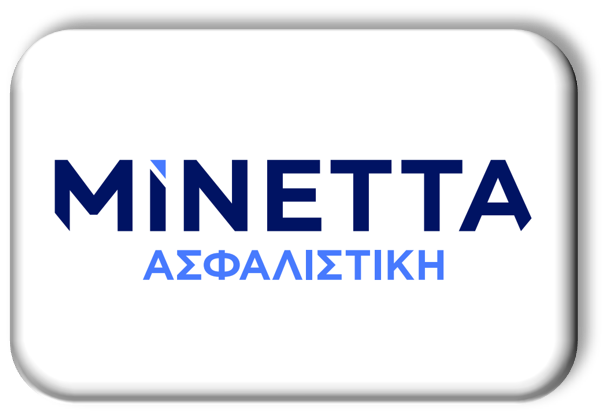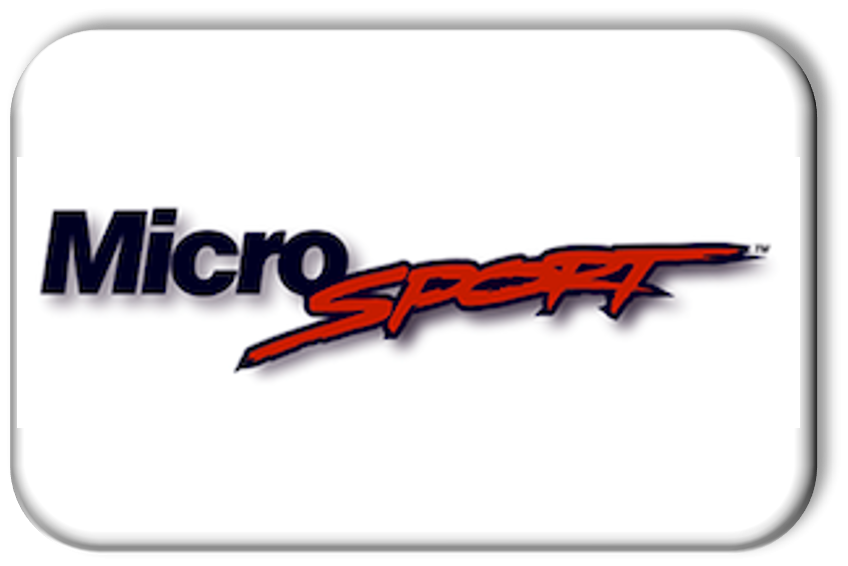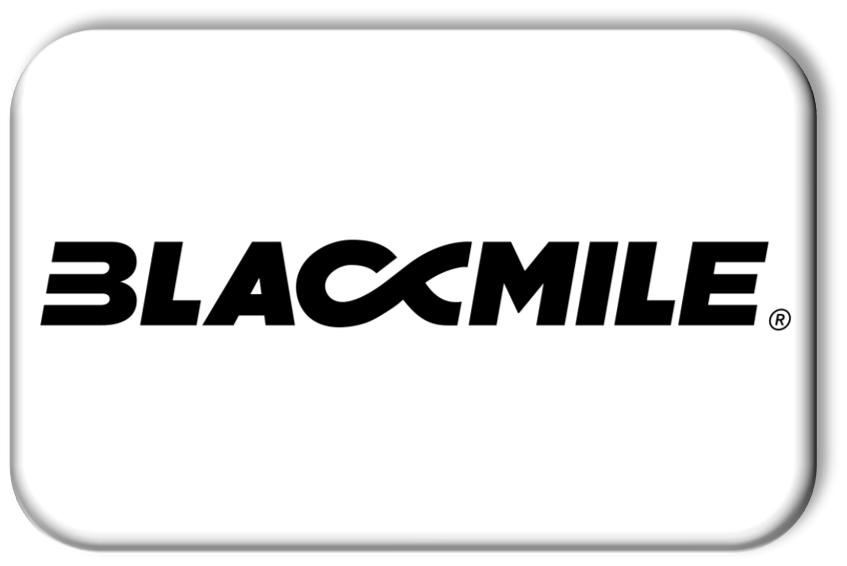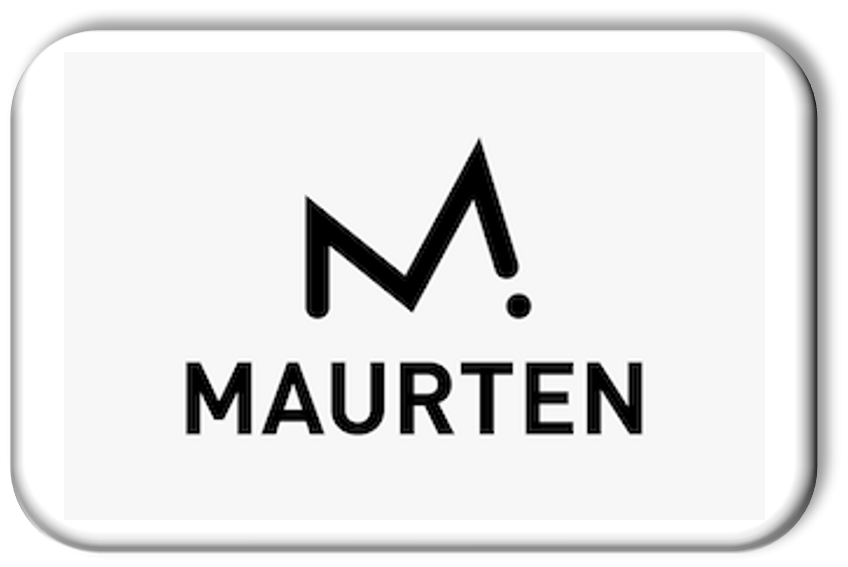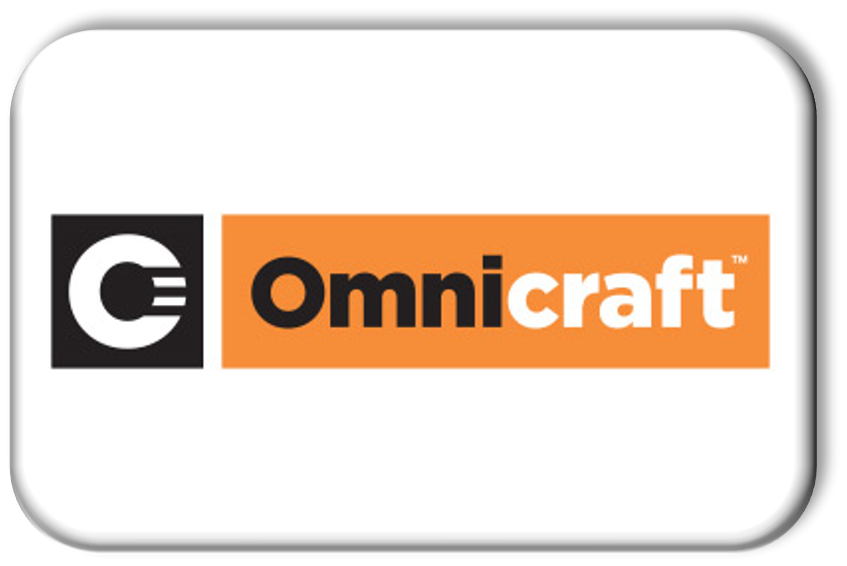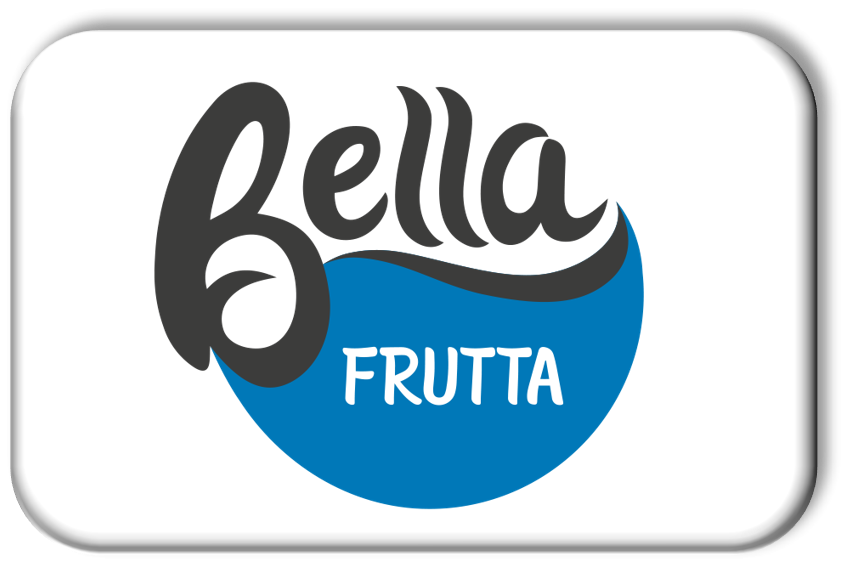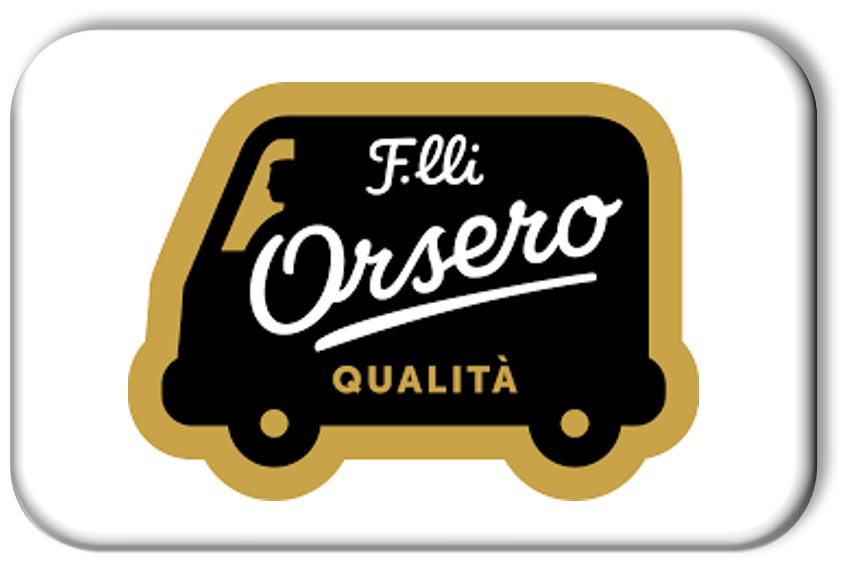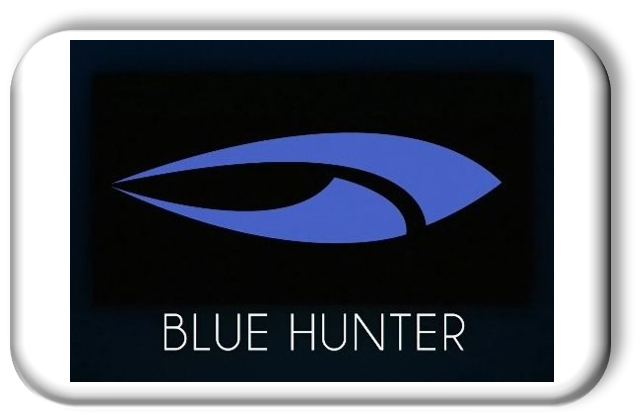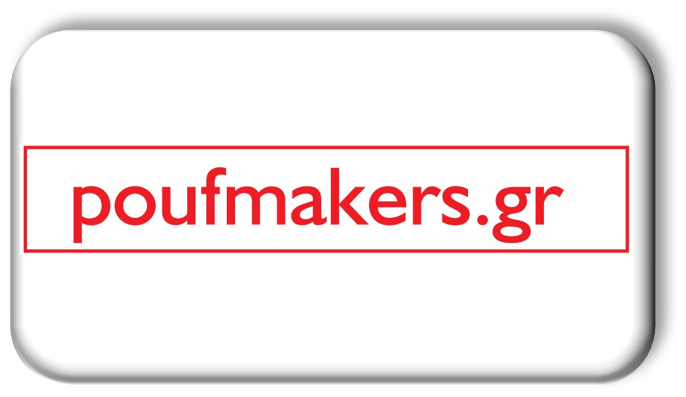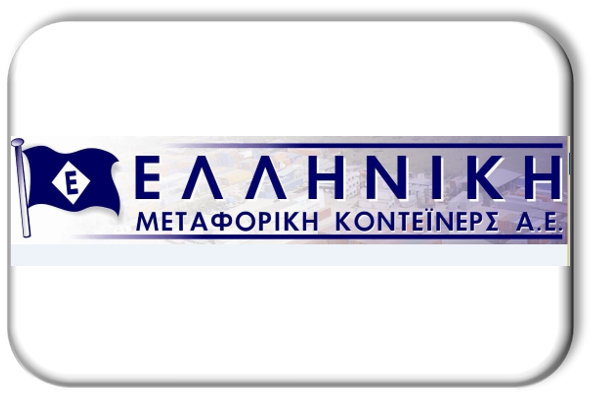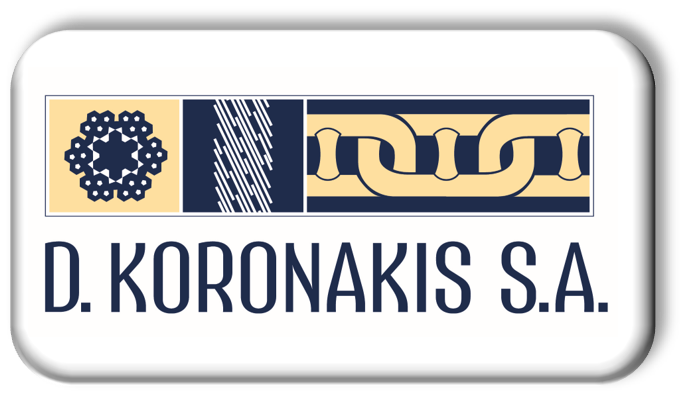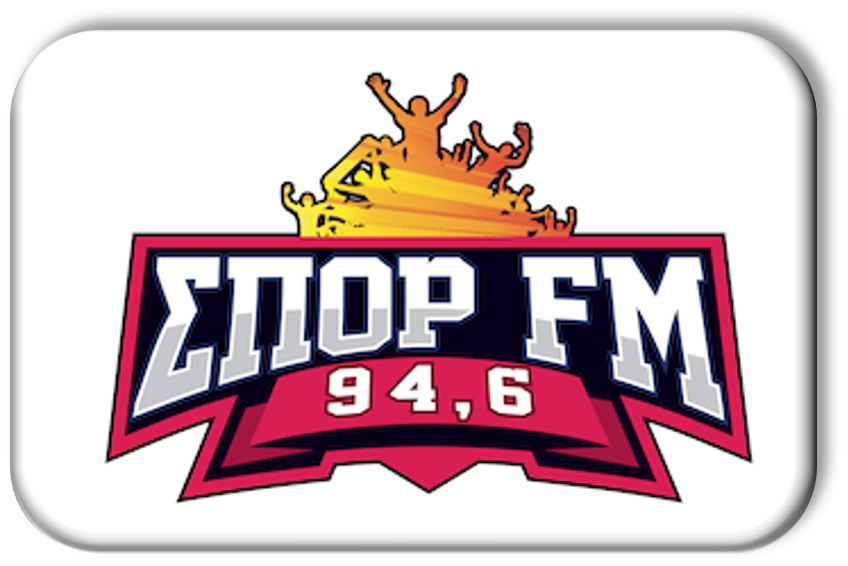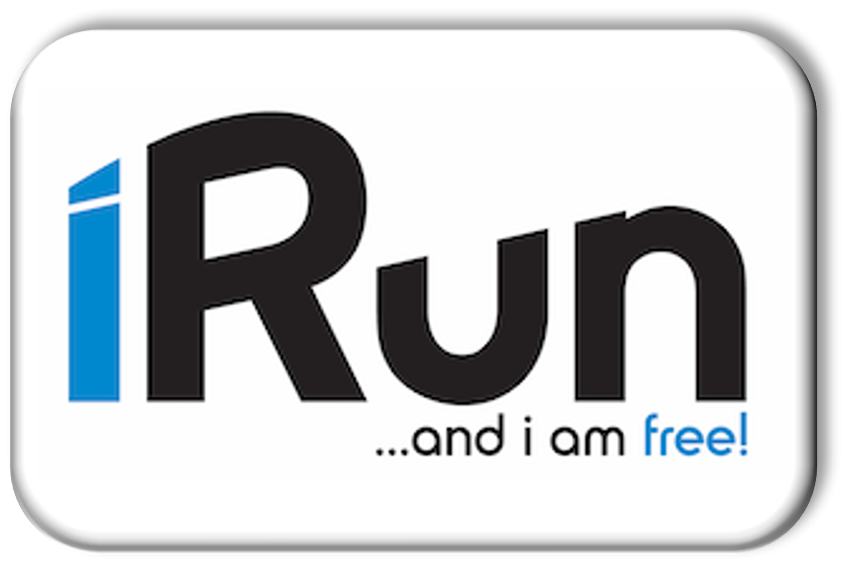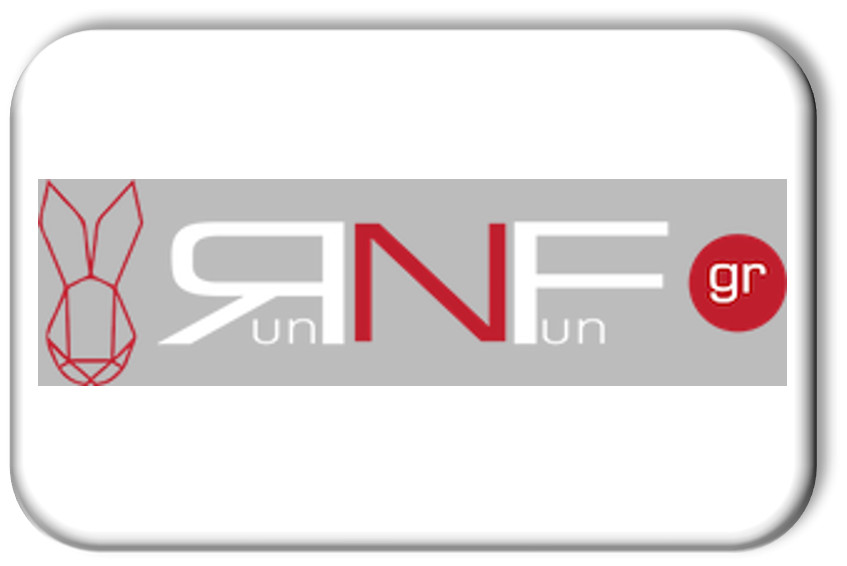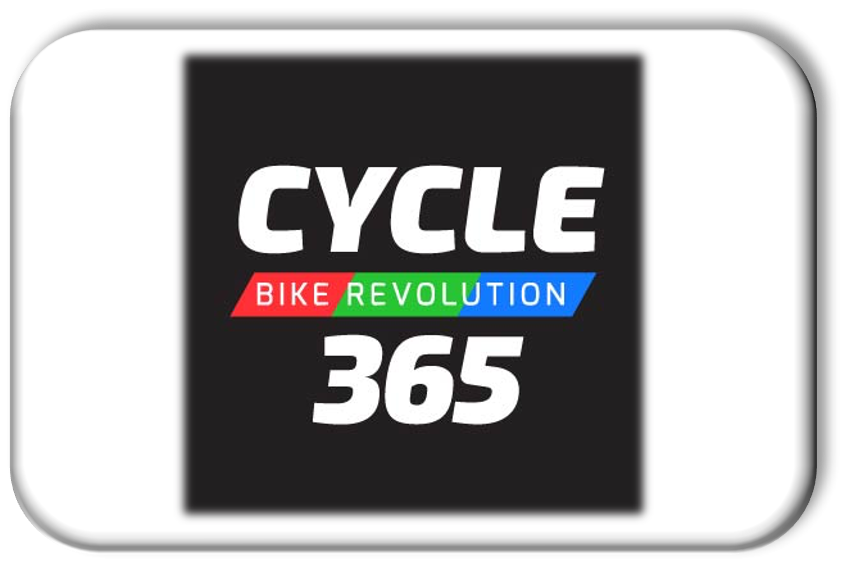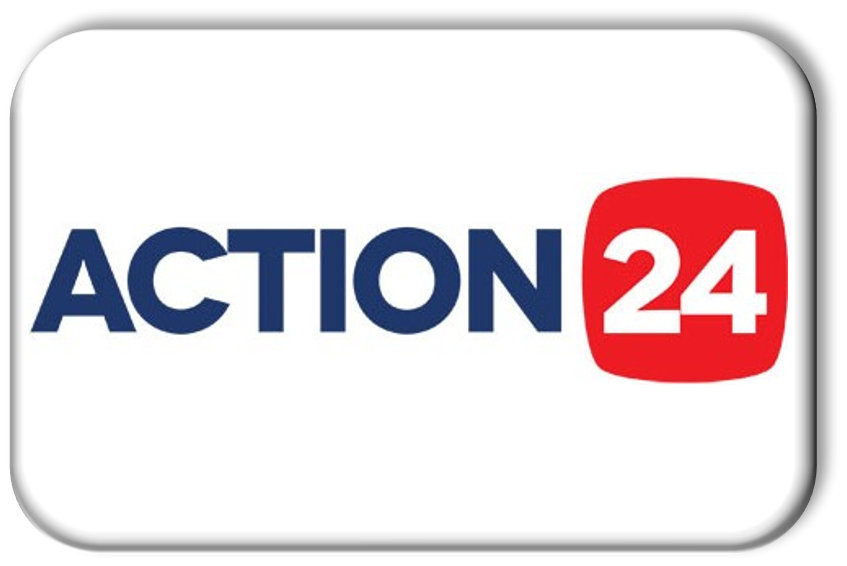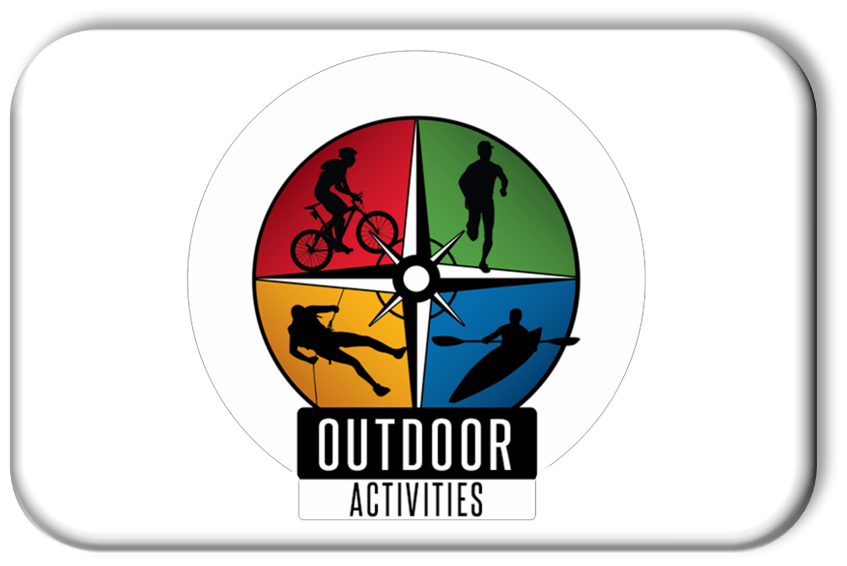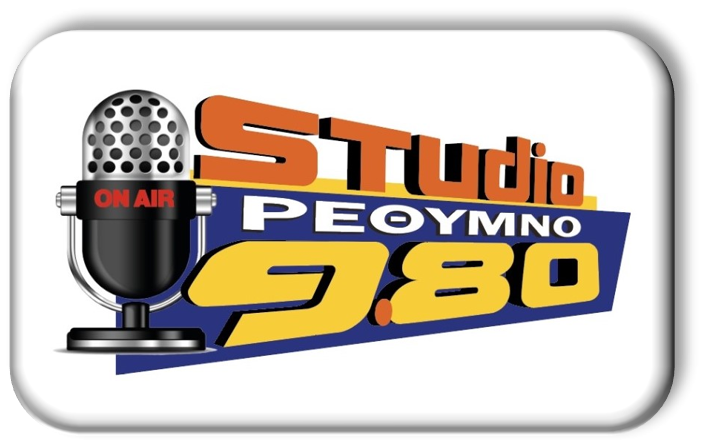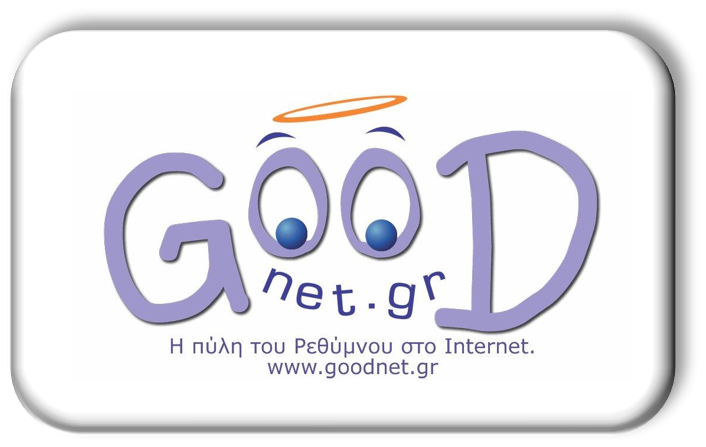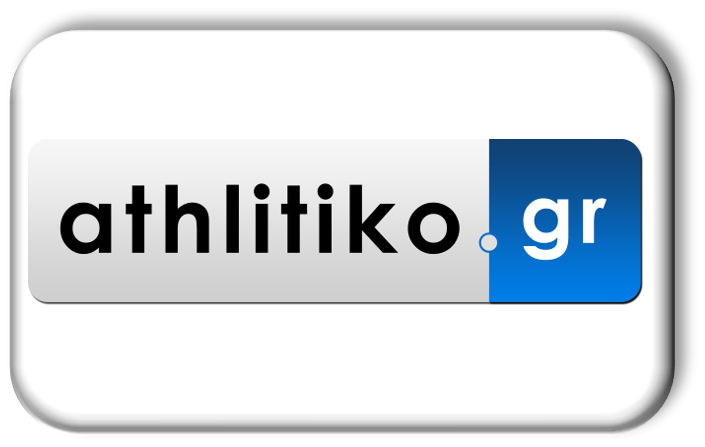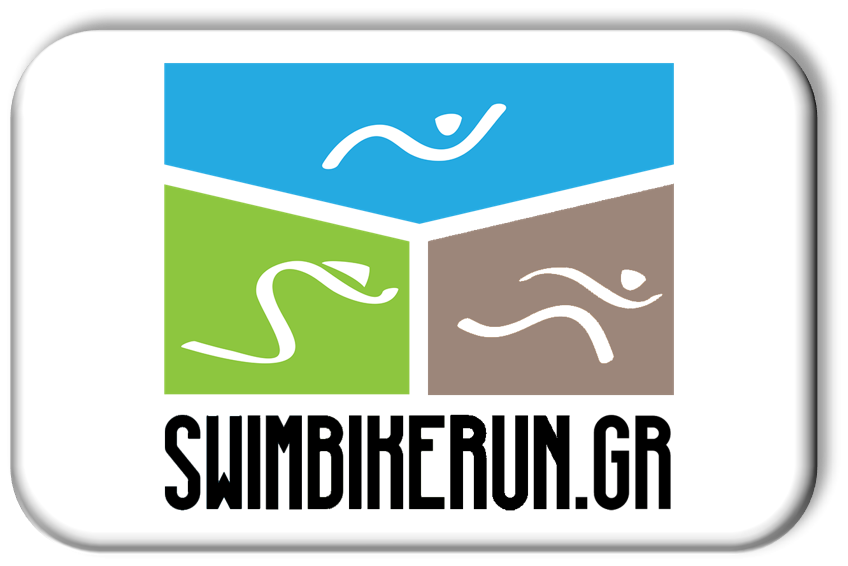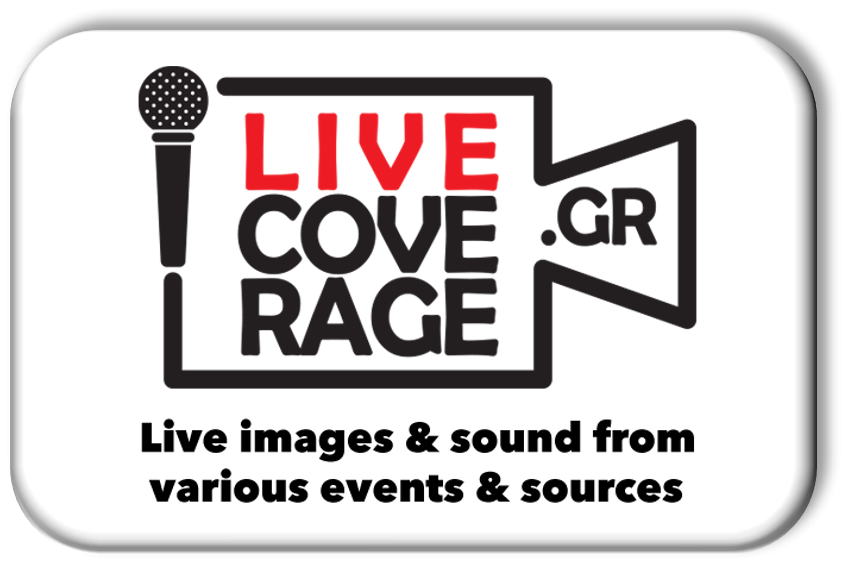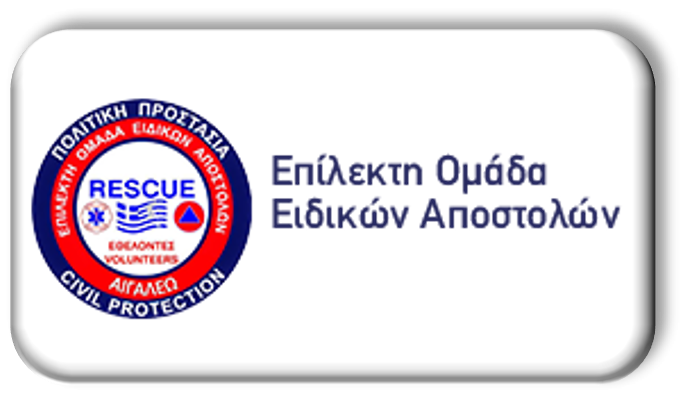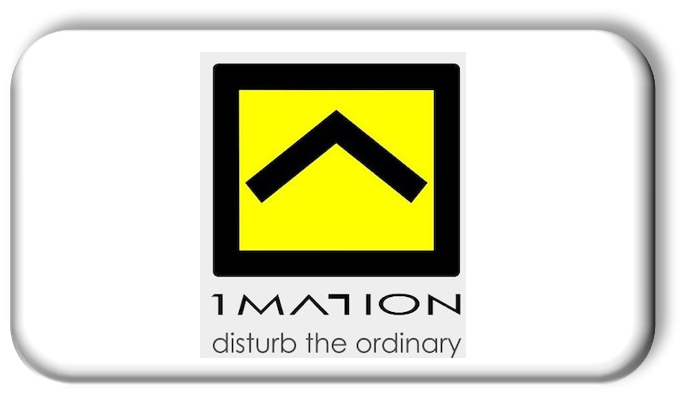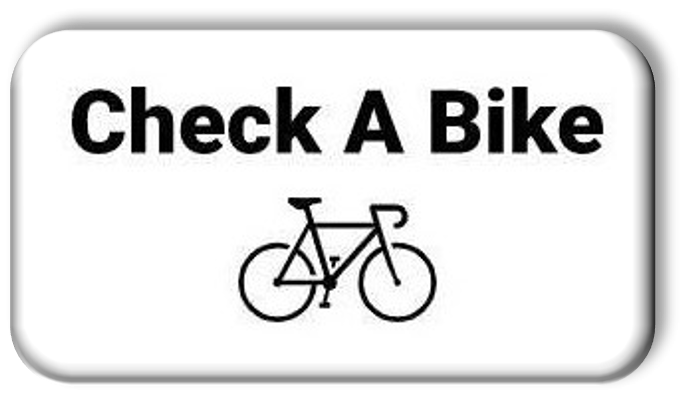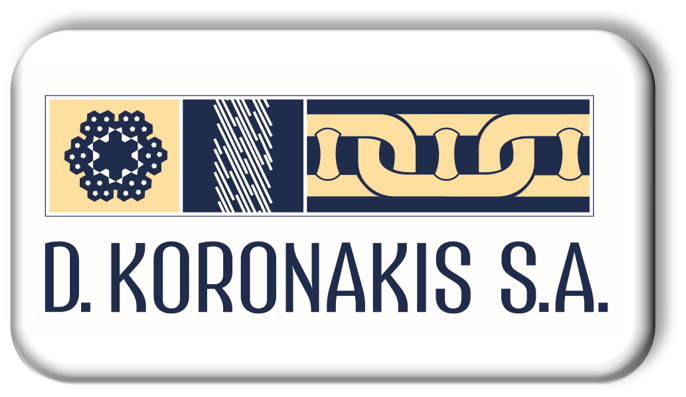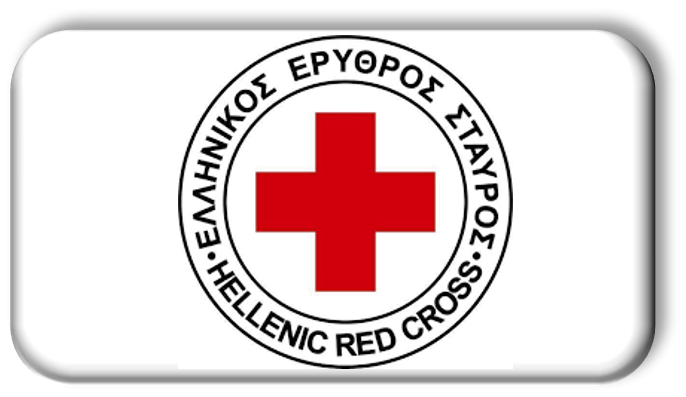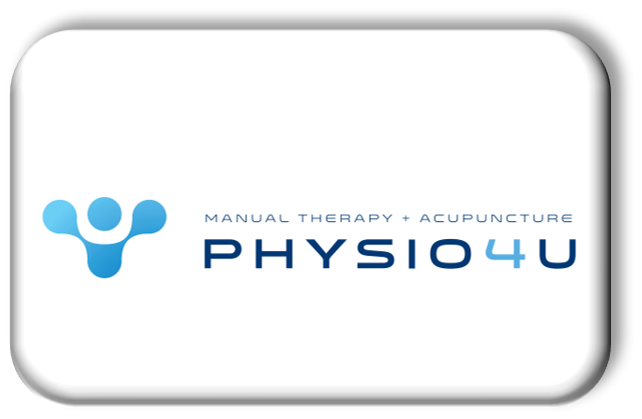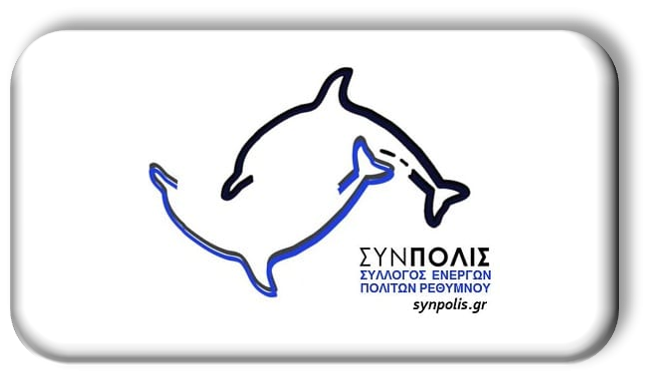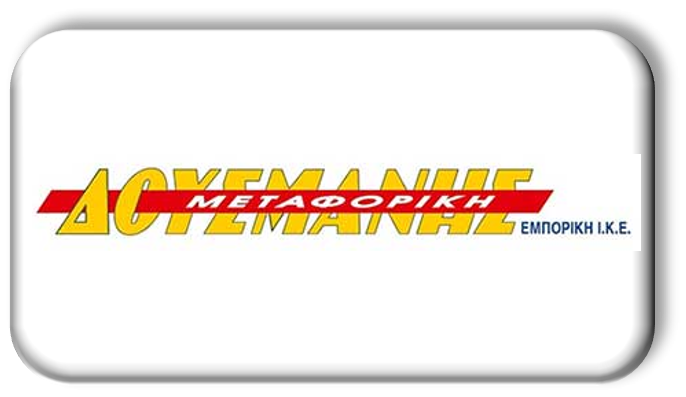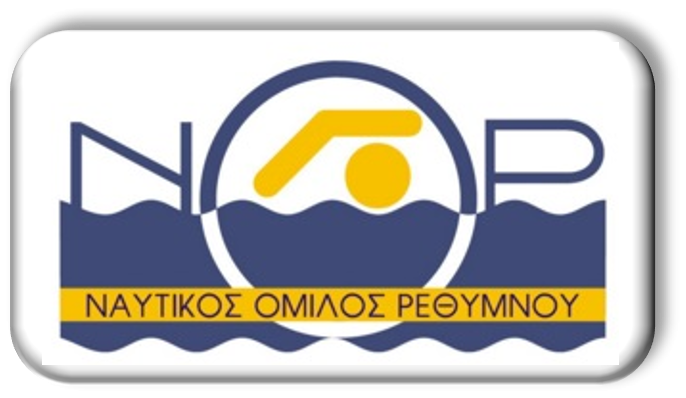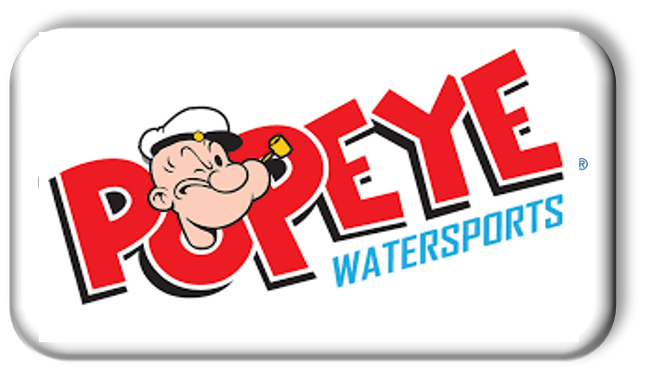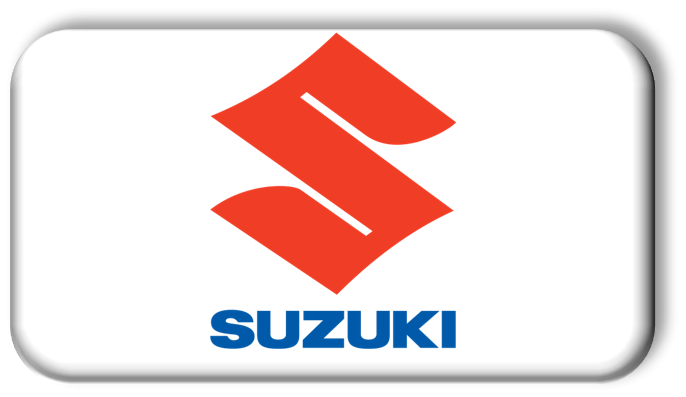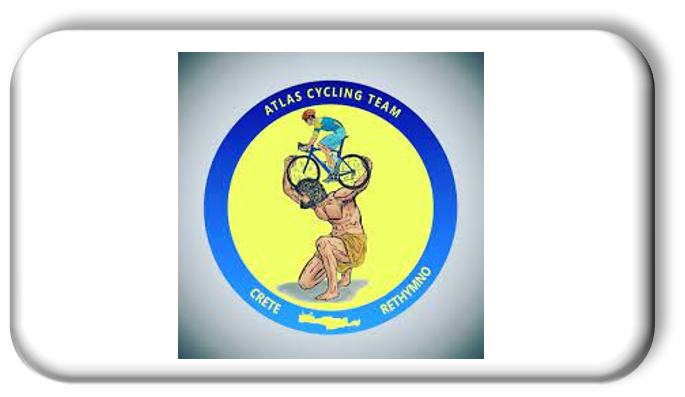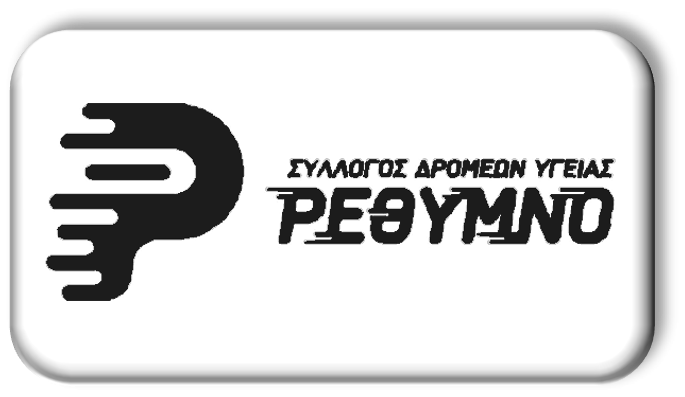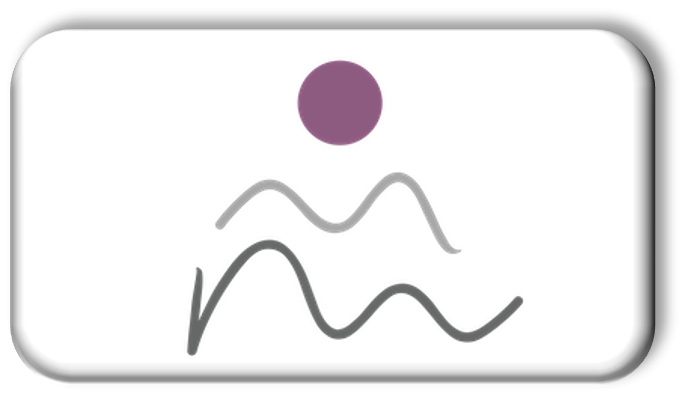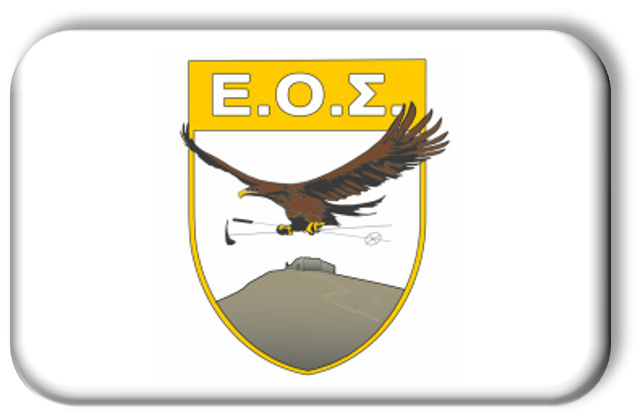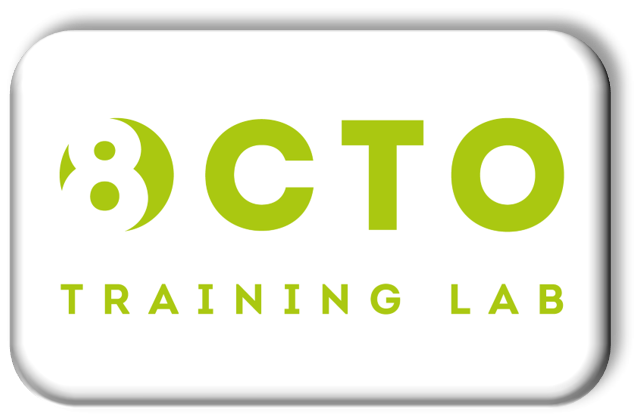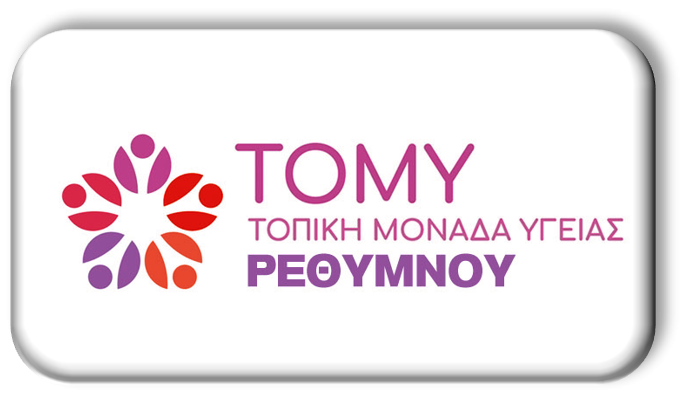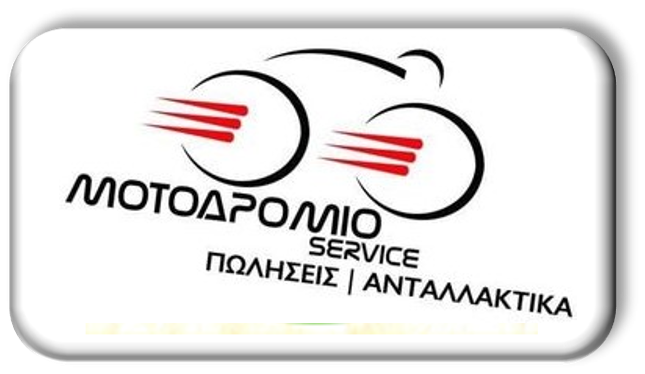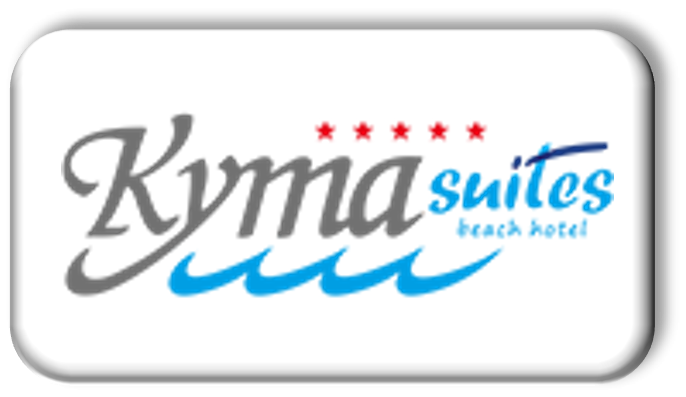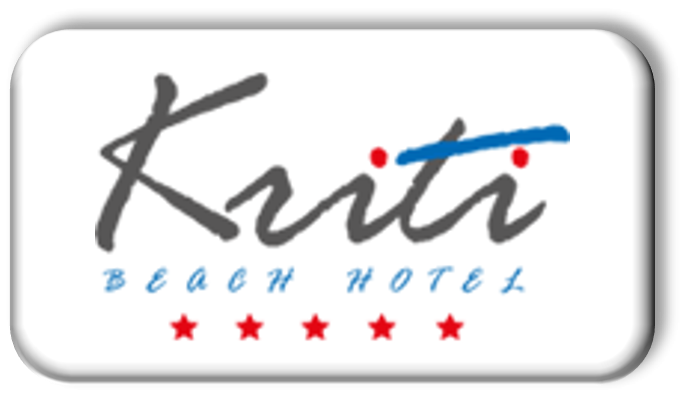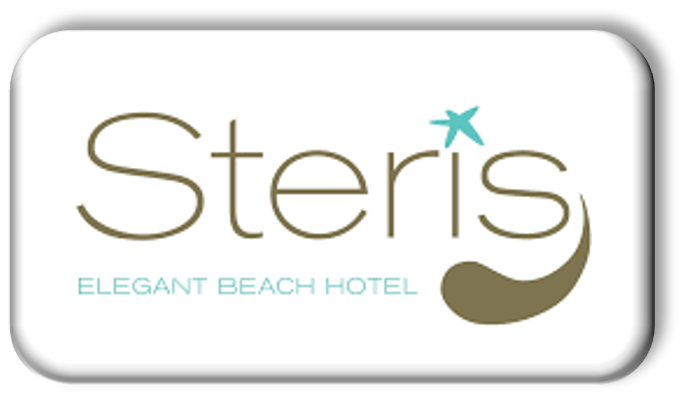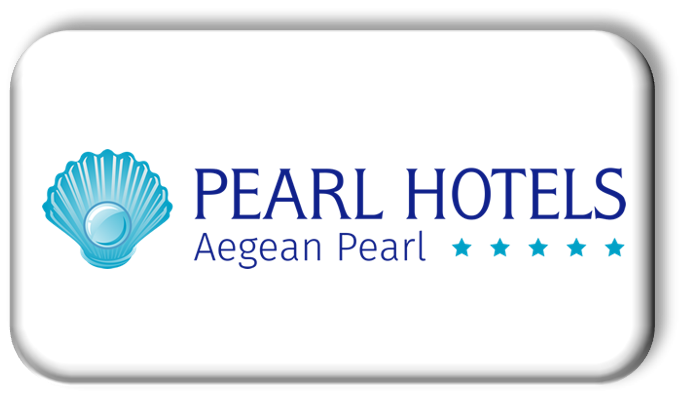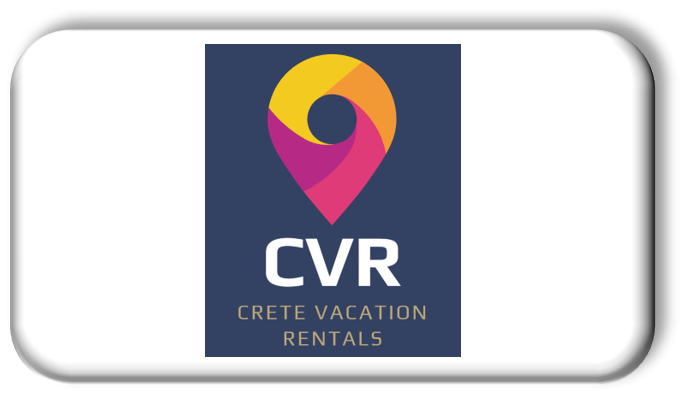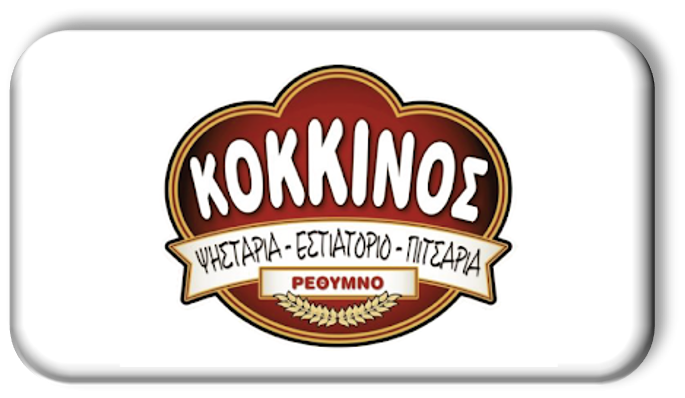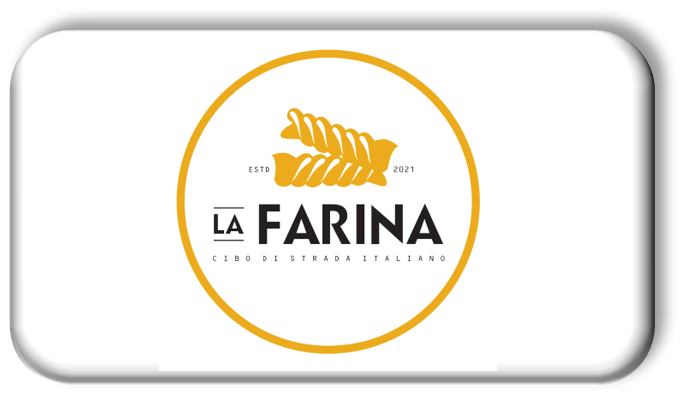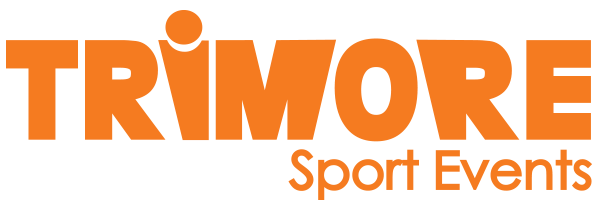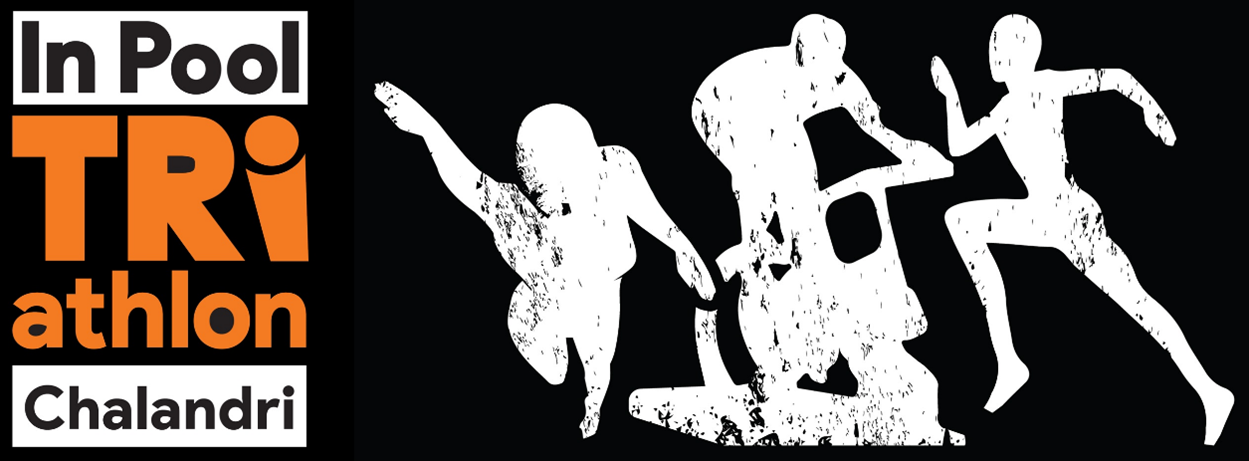
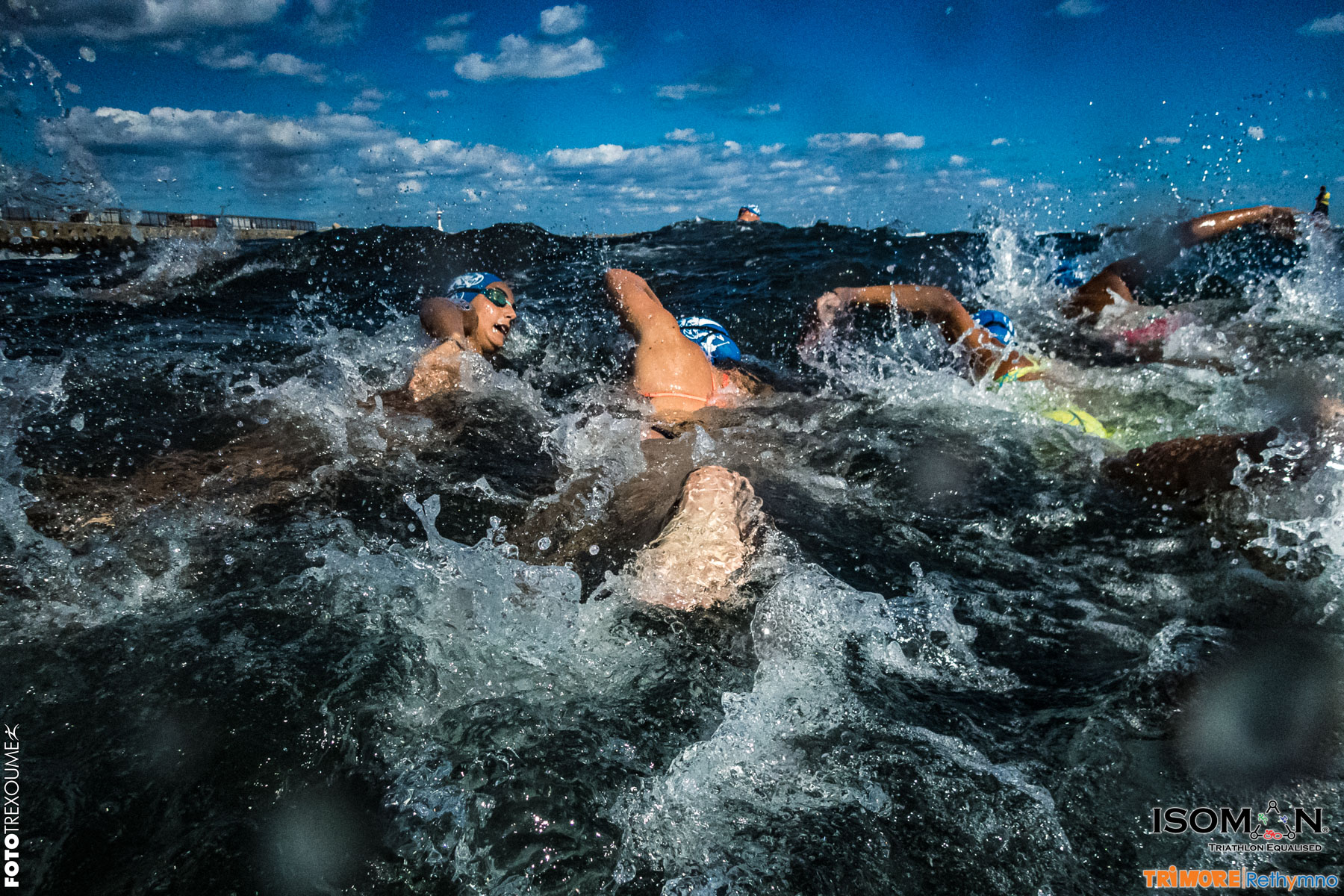
Λεπτομέρειες Αγώνα κολύμβησης Open Water (O.W.S.)
Αγώνας Κολύμβησης Ενηλίκων 500μ. & 2.5 χλμ & Παιδικό κολύμπι 200μ. & 400μ.
Για ενήλικες και παιδιά!
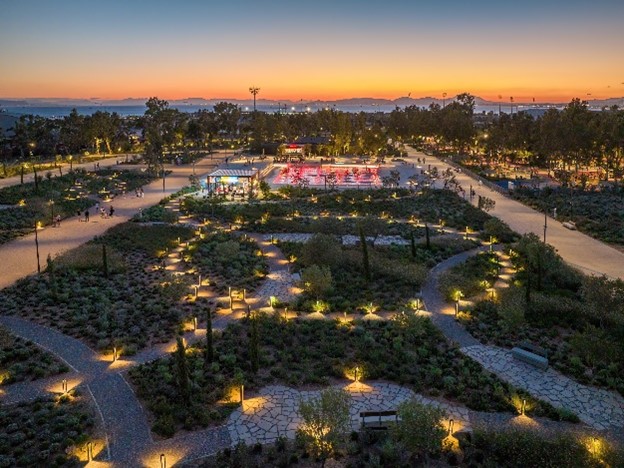

Εκκίνηση & Τερματισμός: Πλωτό μέσο (καράβι με καταπέλτη ή πλοίο) πρόκειται να μεταφέρει τους αθλητές από τη θέση που θα βρίσκεται για να τους παραλάβει στη Μαρίνα, στα 500 μέτρα αρχικά από την ακτή και στα 2,5 χλμ ακολούθως για τις διαδοχικές εκκινήσεις προς την παραλία αγάλματος δύο δελφινιών που θα είναι ο τερματισμός.
Διαδρομή: κολύμβηση κάθετης ευθείας κίνησης προς την ακτή, με τερματισμό στην παραλία παραπλεύρως του χώρου στάθμευσης στο λιμάνι Ρεθύμνου. Όπως στο ανωτέρω σχέδιο, πρόκειται σημαδούρες να ορίζουν την ευθεία προς τον τερματισμό.
Ο τερματισμός σε όλες τις αποστάσεις θα πραγματοποιηθεί με τρέξιμο στην άμμο και πέρασμα κάτω από αψίδα τερματισμού.
Ώρα εκκίνησης: 10:15 για τις παιδικές αποστάσεις 200 και 400 μέτρων. Ακολούθως, 11:15 για την απόσταση των 0.5k και 11:30 τα 2,5k.
Θα υπάρχει υδροδοσία για την ενυδάτωση των κολυμβητών κατά την ολοκλήρωση του αγώνα τους και μόνο.
Χρονικός περιορισμός για τον τερματισμό των αθλητών (Cut Off) δεν θα υπάρχει.
Wetsuit θα επιτραπεί εφόσον η θερμοκρασία δεν υπερβεί τους 24,9° C. Η σχετική απόφαση θα ανακοινωθεί μία ώρα πριν τον αγώνα και στην Τεχνική Ενημέρωση αθλητών 30 λεπτά πριν, η παρακολούθηση της οποίας είναι υποχρεωτική.
Λοιπός εξοπλισμός: Βοηθήματα/εξοπλισμός κολύμβησης πέραν των: μαγιό, σκουφάκι (υποχρεωτική χρήση του σκουφιού της διοργάνωσης τουλάχιστον εξωτερικά με ποινή 1 λεπτό στην περίπτωση μη χρήσης ή χρήσης άλλου από εκείνου της διοργάνωσης), ατομικός πλωτήρας προαιρετικά (υποχρεωτικά της διοργάνωσης εφόσον παρέχεται, αλλιώς στην κρίση του αθλητή με πιθανό δανεισμό από τη διοργάνωση), γυαλάκια ή μάσκα (χωρίς αναπνευστήρα), ρολόι. Απαγορεύονται [π.χ. ενδεικτικά και όχι περιοριστικά, απαγορεύονται: πέδιλα (Fins), βαρελάκια (pool buoy), χεράκια (paddles), καθοδήγηση κολύμβησης (destinator)]. Επίσης απαγορεύεται για λόγους ασφαλείας ηχητικός εξοπλισμός.
Βαζελίνη πρόκειται να δοθεί σε όσους αθλητές το ζητήσουν πριν την εκκίνηση.
Κατηγορίες Βράβευσης παιδιών:
- Α’: 3 μεγάλες τάξεις Δημοτικού Σχολείου Αγόρια - Κορίτσια
- Β’: Γυμνάσιο Αγόρια - Κορίτσια
Τυχόν μικρότερα παιδιά θα ενταχθούν στη μικρή κατηγορία βράβευσης, ενώ μεγαλύτερα είτε θα αγωνιστούν ξεχωριστά, είτε στους αγώνες ενηλίκων.
Κατηγορίες Βράβευσης Ενηλίκων:
- Γενική Κατηγορία Ανδρών και γυναικών χωρίς Wetsuit και γενικές κατηγορίες Ανδρών - Γυναικών με Wetsuit.
Οι πρωτεύσαντες Γενικής κατηγορίας, εξαιρούνται των Ηλικιακών κατηγοριών
- Ηλικιακές κατηγορίες Ανδρών και Γυναικών:
Α. χωρίς Wetsuit ως ακολούθως ανά 10αετία:
έως 19 | 20 - 29 | 30 - 39 | 40 - 49 | 50 - 59 | 60 - 69 | 70 και άνω
Κατηγορίες που δεν θα συμπληρώνουν βάθρο (3 αθλητές), θα συμπτύσσονται με την αμέσως επόμενη/ες
κατηγορία/ες.
Β. Με wetsuit ως ακολούθως:
έως 29 | 30 και άνω
- Μεγαλύτερος και μικρότερος αθλητής
- Πρώτος και πρώτη αθλητής/τρια από εκείνους που ζουν στο Ρέθυμνο (Διεύθυνση κατοικίας κατά την
Εγγραφή)
Λεπτομέρειες διαδρομών υπάρχουν στους χάρτες, ενώ περισσότερες λεπτομέρειες διαδρομών, όρων και κανονισμών θα δοθούν στο Race brief που θα πραγματοποιηθεί πριν τη διοργάνωση και είναι υποχρεωτική η παρακολούθησή του.
Όλοι όσοι θα συμμετάσχουν στους Αγώνες θα λάβουν πλούσιο Athletes kit από τη γραμματεία. Οι ώρες λειτουργίας της Γραμματείας θα ανακοινωθούν στο site της διοργάνωσης (πρόγραμμα) 10 ημέρες πριν τη διοργάνωση. Προϋπόθεση για την απόκτηση του Athletes kit είναι η έλευση του ίδιου του συμμετέχοντα στη γραμματεία να το παραλάβει.
Για τις εγγραφές της τελευταίας στιγμής, οι ενδιαφερόμενοι οφείλουν να γνωρίζουν ότι το Athletes kit που θα παραλάβουν ενδέχεται να μην περιλαμβάνει πλήρες περιεχόμενο, δεδομένης της αδυναμίας του διοργανωτή να προβλέψει εγγραφές της τελευταίας στιγμής. Δεν υπάρχει υποχρέωση του διοργανωτή για παράδοση υλικού κατόπιν διεξαγωγής του αγώνα.
Οι αθλητές που θα εγγραφούν και δεν θα προσέλθουν στην αφετηρία, δεν δικαιούνται να λάβουν το Athletes kit κατόπιν του αγώνα, δεδομένου ότι αφορά σε αθλητές που στάθηκαν στη γραμμή της εκκίνησης.
Η εγγραφή των παιδιών θα είναι δωρεάν μέχρι την ισχύ του επιπέδου τιμών On The Spot, στο οποίο θα υπάρχει το κόστος που αναγράφεται στην πολιτική εγγραφών. Στόχος της διοργάνωσης είναι η δωρεάν εγγραφή όλων των παιδιών εγκαίρως ώστε να προβλέψει και να χαρίσει σ’ εκείνα πλήρες πακέτο συμμετοχής για τη μέγιστη εμπειρία και ανάμνηση.
Έχει εκπονηθεί και εφαρμόζεται σχέδιο βοήθειας στη θάλασσα, ως ακολούθως:
Βοήθεια στη θάλασσα
Η ομάδα παροχής βοήθειας στη θάλασσα, αποτελείται από Ναυαγοσώστες πτυχιούχους ή αδειούχους ασκήσεως επαγγέλματος, τα πτυχία/άδειες των οποίων σε αντίγραφο έχει στην κατοχή του ο Race Director.
Η ομάδα πεδίου κάθε αγώνα, διοικείται (λαμβάνει - εκτελεί εντολές και αναφέρει) από επικεφαλής άτομο που επίσης βρίσκεται στο πεδίο και επιβλέπει. Ο επικεφαλής επιβαίνει σε σκάφος και κινείται διαρκώς στο πεδίο επιβλέποντας και επιβεβαιώνοντας την ομαλότητα διεξαγωγής του αγώνα και συντονίζοντας την ομάδα του.
Η ομάδα αποτελείται από ανθρώπινες μονάδες που αντιστοιχούν μία σε κάθε 25-35 κολυμβητές. Είναι δυνατόν να επεκταθεί ο αριθμός των κολυμβητών ανά ανθρώπινη μονάδα βοήθειας στη θάλασσα, αν ο αγώνας διεξάγεται σε τριγωνική ή πολυγωνική διάταξη και η απόσταση ελέγχου της κάθε μίας μονάδας δεν ξεπερνά τα 250 μέτρα εκατέρωθεν της βασικής του θέσης. Η ομάδα βοήθειας στη θάλασσα αποτελείται από 15 - 30 Ναυαγοσώστες (αναλόγως του τελικού αριθμού δηλώσεων συμμετοχής) ώστε να διασφαλίζεται η επιτήρηση μέχρι 30-35 κολυμβητών από κάθε έναν Ναυαγοσώστη.
Η ομάδα έχει σχέδιο διαχείρισης έκτακτης ανάγκης καταστρωμένο, περιλαμβανομένης παροχής οξυγόνου και εφαρμογής απινειδωτή, ενώ το ασθενοφόρο όχημα της διοργάνωσης βρίσκεται σε σημείο με ικανή πρόσβαση από θαλάσσης. Η ομάδα οφείλει να διαθέτει πλωτό φορείο ή SUP ή kayak ή ειδικό Jet Ski ικανό να μεταφέρει περιστατικό.
Η ομάδα πρόκειται να έχει ελέγξει το σχέδιο διαχείρισης στη θέση του αγώνα και να έχει επιβεβαιώσει την αρτιότητα, την πληρότητα και τη δυνατότητα εφαρμογής του στις συνθήκες αυτού (θέσεις, καιρικές συνθήκες, άλλες παραμέτρους κλπ).
Ανά πάσα στιγμή υπάρχει δυνατότητα προφορικής επικοινωνίας του επικεφαλής με τις ανθρώπινες μονάδες και απομακρυσμένης επικοινωνίας (ασύρματος η κινητό τηλέφωνο) με τον Race Director και το Ασθενοφόρο όχημα.
Εξωτερικά του νοητού διαδρόμου κίνησης των αθλητών, βρίσκονται και κινούνται φουσκωτά σκάφη φέροντα πλέον του χειριστή τους, 2-5 από την ομάδα βοήθειας στη θάλασσα ανά σκάφος. Τα σκάφη αυτά κατ’ ελάχιστον είναι 3 - 5 και κινούνται παραλλήλως του νοητού διαδρόμου κολύμβησης των αθλητών, σε ικανή απόσταση από εκείνους, ώστε να μην ενοχλούν την πορεία τους και να μην είναι δυνατή η προσέγγιση αθλητών σε αυτά αν δεν παραστεί ανάγκη. Τα σκάφη αυτά δε θα προσεγγίσουν αθλητή σε απόσταση μικρότερη των 10 μέτρων (και έξω από τον νοητό διάδρομο κίνησης των αθλητών) σε καμία περίπτωση, ενώ στην περίπτωση ανάγκης, η επιβαίνουσα ανθρώπινη μονάδα βοήθειας θα εισέλθει στο νερό για να προσεγγίσει κολυμπώντας εκείνον που θα ζητήσει βοήθεια ή θα γίνει αντιληπτή η ανάγκη επέμβασης, πάντα σε συνεννόηση με τις εσωτερικές μονάδες άμεσης επέμβασης. Σε ένα εκ των σκαφών επιβαίνει ο Ιατρός αγώνα.
Εσωτερικά του νοητού διαδρόμου κίνησης των αθλητών, βρίσκονται οι ανθρώπινες μονάδες άμεσης επέμβασης. Αυτές οι ανθρώπινες μονάδες επιβαίνουν σε ατομικό SUP, ή Canoe, ή Kayak, ή Jet Ski ειδικό για τη μεταφορά περιστατικού. Οι εσωτερικές ανθρώπινες μονάδες, κινούνται παράλληλα στο νοητό διάδρομο κίνησης των αθλητών, εσωτερικά της νοητής γραμμής που ενώνει τις σημαδούρες που ορίζουν το αγωνιστικό τερέν. Προτεραιότητα επέμβασης σε τυχόν περιστατικό, έχει πάντα η εσωτερική ανθρώπινη μονάδα που είναι πιο κοντά στους κολυμβητές και είναι δυνατόν να προσεγγίσει ακίνδυνα.

Ομάδα διαχείρισης περιστατικού βρίσκεται και στη στεριά, ενώ παράλληλα υπάρχει διαθέσιμο ασθενοφόρο της διοργάνωσης στην πλαζ, έτοιμο να αποχωρήσει μεταφέροντας έκτακτο περιστατικό στο εφημερεύον νοσοκομείο, το οποίο είναι ενήμερο για τον αγώνα και την τυχόν ανάγκη διαχείρισης περιστατικού.
